Oleksii Pasiuha, editor-in-chief of the Vorskla newspaper in Velyka Pysarivka, has been working in journalism for over a quarter of a century. He survived the occupation. Together with the staff, he issued combat leaflets ‘With Ukraine in the heart’ just under fire. He refused to collaborate with the occupiers, even though it almost cost him his life. Later, he resumed the work of the editorial office under the Ukrainian flag.
“The full-scale Russian aggression on February 24, 2022, began 8 or 10 minutes earlier than in other cities,” says Oleksii Pasiuha, “We were shelled earlier than our neighbors. Residents of the Velyka Pysarivka community did not want to believe in the attack. How could it be? Family ties had long connected us: for example, our children from the border village of Lukashivka studied in the neighboring Russian Kozynka. Well, the war showed who was who…”
Having known about the outbreak of a full-scale war, the first thing Oleksii did was to move the editorial equipment. He managed to do some of it, but not all of it – at half past eight in the morning, columns of Russian armored vehicles crossed the Ukrainian border. In the evening, in the neighboring town of Okhtyrka, 40 kilometers from Velyka Pysarivka, they were engaged in a battle. Fellow citizens from Velyka Pysarivka, who joined the territorial defense, also fought there…
Velyka Pysarivka, with its small neighboring villages, was in a gray area. There is no communication with Ukraine. Meanwhile, in some border villages, hostile propaganda was broadcast from morning to evening, convincing people that Kyiv had already been taken… Oleksii realized that the information vacuum and Russian lies would drive people to despair. This prompted the small staff of the Vorskla newspaper to act immediately in the conditions that existed. That’s how 300 copies of Vorskla’s combat leaflets under the slogan “With Ukraine in the heart” were published. There was simply not enough ink in the cartridge for more.

“At the same time, local residents came to the editorial office and asked what to do next in the absence of the police and Ukrainian troops. That is, in my 26th year of work at the newspaper, I realized that I had come here for a reason, that the editorial office of a local newspaper had SUCH weight. After all, people, left without protection, turned to us and to the village council,” says the journalist.
Volunteers, village elders, and other people who cared helped to distribute the leaflets. They worked in a coordinated manner, and despite the enormous danger, Oleksii Pasiuha emphasizes, neither the editorial office nor the village council building had their Ukrainian flags removed.
“Of course, it was scary. There was also shelling, especially in the first three weeks. Entire streets were smashed, the editorial office was also damaged – the roof was torn off, windows were smashed, and the heating system defrosted. Nevertheless, I couldn’t go anywhere – my subscribers, my fellow citizens, and people who believe not only in me but also in the newspaper were here. Later, one of the subscribers wrote to the newspaper, ‘When she saw the postcard in her mailbox, she realized that the rayonka (district newspaper – Editor) was being published, the government was acting, and therefore Ukraine would win.’ It was nice just to the point of tears.”
However, it was not the shelling that really scared Oleksii. On the third day of the war, a local resident came to his office and started talking to him – calmly, even friendly.
“He started talking about work. He said that they offered cooperation in the future editorial office of a Russian newspaper, with staff and funding. They promised to support the publication… It would be in color; they would pay me a salary. Having my children in Kharkiv (the city they ‘would soon capture’) and an old father… if I didn’t want to collaborate… Moreover, he said that I would still work for them when they communicated with me in other ways. He said that if I didn’t cooperate, there would be people who would send me ‘where it needed to be, or worse’,” added Oleksii Pasiuha, “When telephone service was restored, we received calls from Russian numbers with offers, and threats. Even when our soldiers came here, threats continued to be made against the patriotic position of our newspaper.”
Oleksii Pasiuha talks about the liberation of Velyka Pysarivka with a smile. He recalls how he and his friend were in the editorial office and saw an armored personnel carrier. They jumped into the car and chased it… to burn it.
“We thought that since we were locals, we would find a place where we could throw Molotov cocktails and escape. When we caught up with this APC, we saw that our first soldiers had entered! We hugged each other, shook hands, and felt incredibly relieved that we didn’t have to use an incendiary mixture,” the editor emotionally recalls, “It’s better to be under fire than under occupation.”
While the military was doing their job, Oleksii was defending the information space. The first issues of the full-length newspaper were distributed not by Ukrposhta (national postal operator of state ownership – Editor), but by village elders and volunteers. Two months after the war started, people began receiving the newspaper! However, it was very difficult for only two people to work on the issue alone, so thanks to the state program for the employment of IDPs, two more media professionals were invited to work. On its social media, the NUJU informed about the vacancies in the editorial office of Vorskla. Oksana Kovalyova, a journalist from Hlukhiv, who came to the border area and is now going to collect information even ‘at ground zero’ together with border guards and the military, responded then. Of course, the editorial office took care of her safety: the Chernivtsi Journalists’ Solidarity Center of the National Union of Journalists gave us protective equipment – a bulletproof vest and a helmet. An internally displaced person from Donbas also works in a technical position in the newsroom.
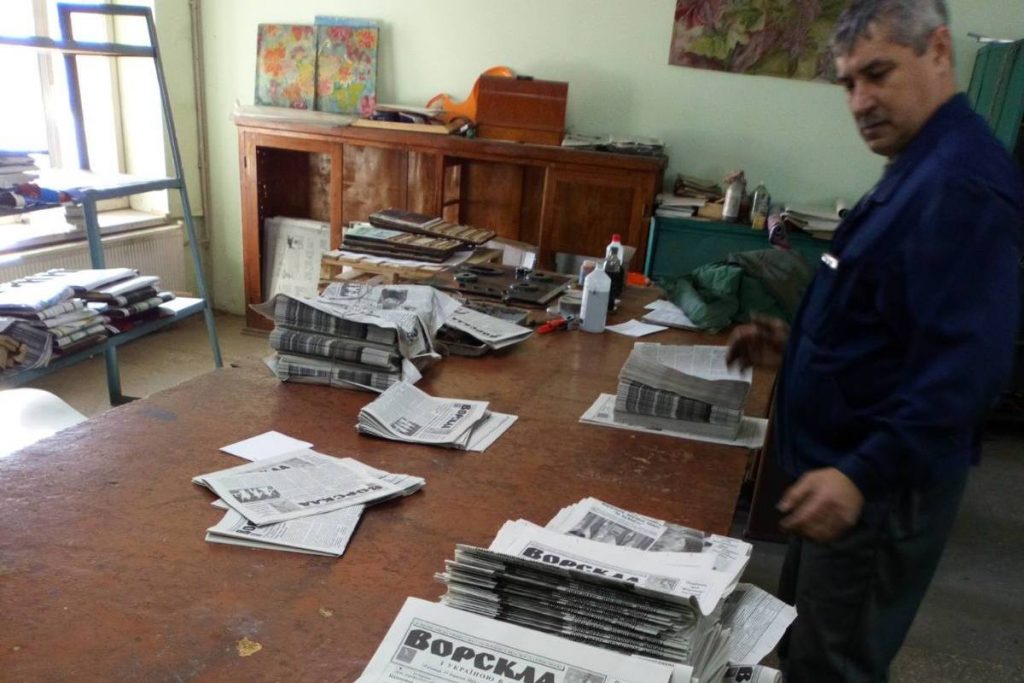
“I am grateful to the NUJU for their support (including in the most difficult time at the beginning of the war), and for the opportunity to participate in various projects and receive funds. Thanks to this, we are able to keep our employees, whom we no longer have the moral right to fire,” comments Oleksii Pasiuha, “I am very grateful to the Academy of Ukrainian Press, the Swiss non-profit organization Fondation Hirondelle, and the Institute for Regional Media and Information (IRMI, Ukraine). We certainly did not expect to count on such support.”
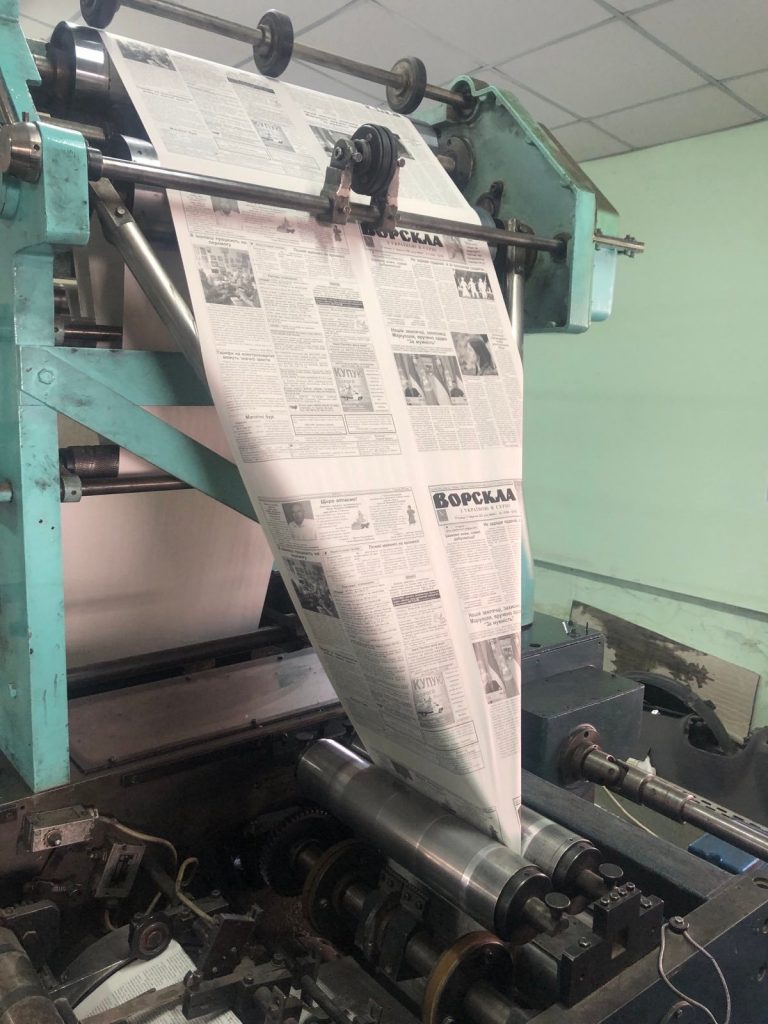
One of Oleksii’s top priorities is to keep the publication alive, as the war left very few subscribers.
“I want people to come back, to subscribe to our publication, to keep it alive. It’s over 92 years old – one of the oldest publications in the region,” says the journalist, “A newspaper in neighboring Okhtyrka, which was 105 years old, unfortunately, ceased to exist. Ours is still going strong and even has a decent circulation for a local newspaper – 2,000 copies. We have repaired the roof in the editorial office… Of course, there are still problems with equipment. But that’s okay. We hope that the results will be no worse during the next six months. The enemy is 5 kilometers away, we are constantly under fire, but it’s nothing. The situation in Bakhmut is much worse.”
This story about the media was created by the NUJU in the frame of the project «Improving Ukrainian Media Resilience in Ukraine», financed by Swiss Solidarity and implemented with the support of the Swiss non-profit organization Fondation Hirondelle and the Institute for Regional Media and Information (IRMI, Ukraine). Fondation Hirondelle and IRMI implement a project of institutional support for Ukrainian media editorial offices in the east, north, and south of our country, with an emphasis on the local press. They also launched a 10-month support program for 18 media.
Economic reference
The Velyka Pysarivka newspaper Vorskla
Distribution area: Okhtyrka district (Sumy Region)
Director, editor-in-chief: Pasyuga Oleksiy
- Over the past year, the newspaper, which was published twice a week before the war with a total of 12 pages, is now published once a week on 4 pages. 90% of the circulation goes to subscribers, and 10% is sold in retail.
- With the outbreak of military aggression, the media outlet stopped publishing for two months and resumed on April 22, 2022.
- The average circulation of one issue in March 2023 is 1,900 copies.
- There are 4 employees working on the newspaper: 2 full-time and 2 part-time. During the war, due to the lack of funds for maintenance, the number of full-time employees decreased from 4 to 2. Two journalists with IDP status were employed.
- The editorial office did not change its location. The premises of the editorial office have survived, but the roof and heating system need repair. The media outlet is almost completely protected from power outages and can operate autonomously if necessary.
- During the war, the ratio of funding sources in the media has changed: while until February 2022 revenues consisted of 74% from subscriptions and 25% from advertising, the main sources of replenishment of the media budget are now grants (60%) and subscriptions (35%). The reason for the decline in subscriptions is the unsatisfactory work of Ukrposhta’s mobile offices. The editorial staff plans to buy a car to stop using Ukrposhta’s services, and deliver newspapers to remote border villages and meet other needs of the people on its own.
- The media, thanks to the NUJU, receives grant assistance from the Swiss non-profit organization Fondation Hirondelle and the Institute for Regional Media and Information (IRMI, Ukraine), as well as it obtained some important aid from Gazeta Wyborcza Foundation within the framework of the Ukrainian Media Foundation (UMF) project, and the Academy of Ukrainian Press.
- In addition to the print version, the publication has created a website and a Facebook page.
- At the outbreak of the war, the media outlet had a contingency plan in place, which allowed it to save the newspaper’s archive and almost all of its equipment.
- In seven years, the publication will celebrate its 100th anniversary.

 THE NATIONAL UNION OF
JOURNALISTS OF UKRAINE
THE NATIONAL UNION OF
JOURNALISTS OF UKRAINE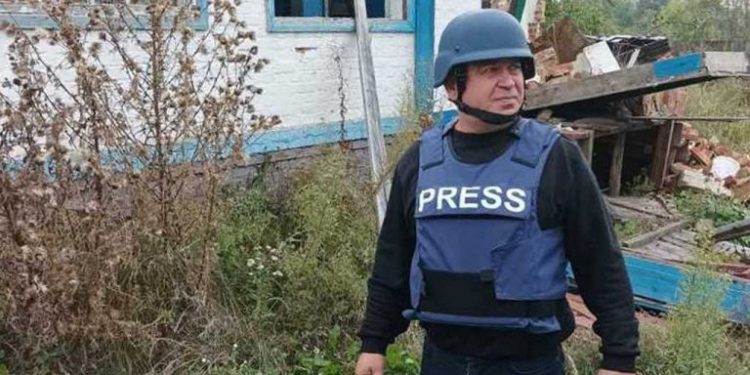

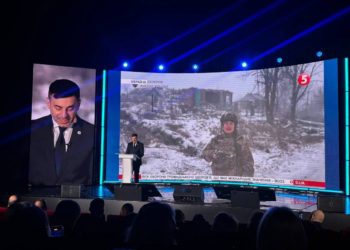

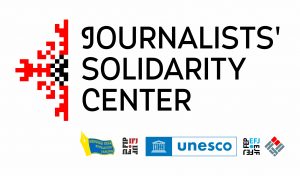
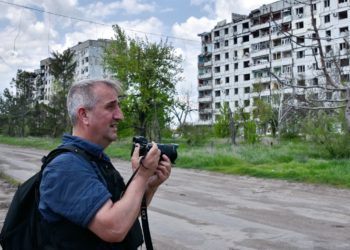







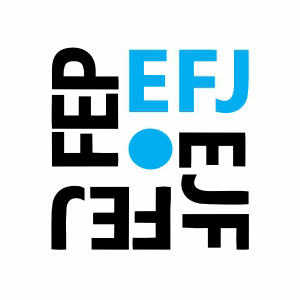



Discussion about this post